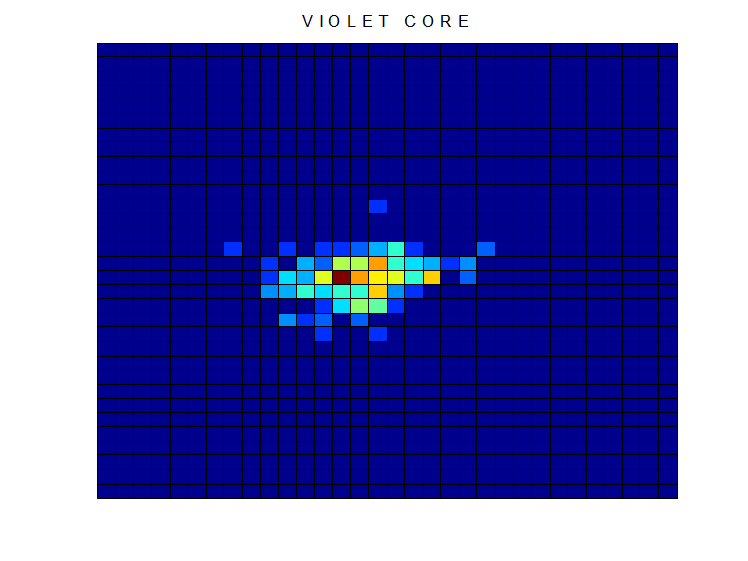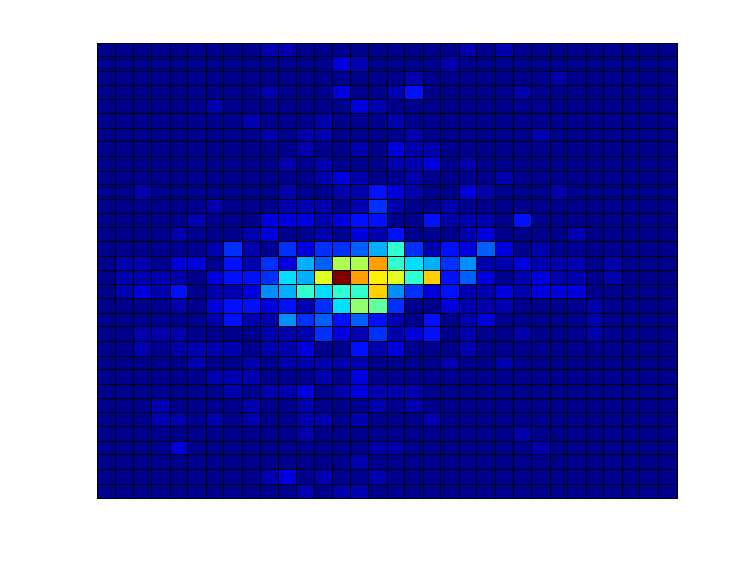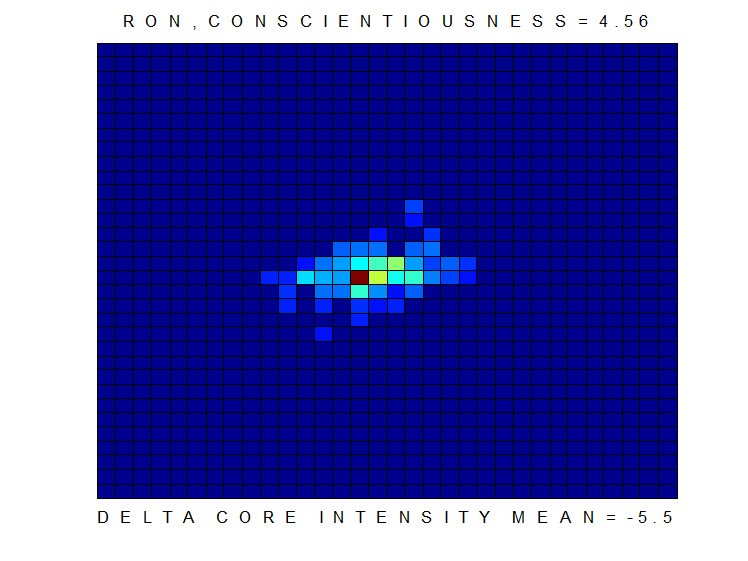AP Systems LLC
The Birthplace of Acoustic Psychometry®

Introduction to Acoustic Psychometry
Acoustic Psychometry® ("AP") is a computerized method to identify mental states using speech acoustics.
Take a look at the AP image of "Laura, Anxious," for example, and play the recording of her voice.
Laura, Anxious:
Now,play "Laura Composed" and scroll your cursor over the image:
Laura, Composed:
The image of Laura's speech prior to starting treatment, "Laura Anxious," is less integrated than the compact image of her speaking after she has recovered. There is a corresponding reduction of her "fragmentation index", from 65 to 53.
AP images provide a means of rapid, intuitive exploration. AP measurements add precision and further information.
To see how AP images are generated, see "Intro to AP II".
Click here for a concise introduction to AP.


How AP Images Are Generated
AP images represent simultaneous periodic 10 millisecond changes in two acoustic parameters, in this case pitch (horizontal axis) and intensity (vertical axis), selected from among ten or more parameters computed over the course of an utterance. The colors represent the number, or density, of changes falling within the neighborhoods defined by the little squares. The image is thus read as being three-dimensional.
The most frequent "Core" transformations are distinguished from the less frequent "Border" transformations. Run your cursor over the image at left to see these two acoustic substructures.
The unified AP image of core and border transformations together is shown on the right. Run the video to see how this unified structure is built. The timing on the video is a bit off, but you can still get the idea.
Click here for a brief report, "Pinpointing Placebo Responders in Clinical Trials Using AP" and it's companion poster.
Papers
Ron scores high (4.56) on a "conscientiousness" scale, while Rick scores low (2.56). On AP measures Ron maintains the mean of his intensity transformations from core (-5.5) to border (-1.33), while the mean of Rick's intensity changes fall (from -5.0 to -16.4), as if even his speech is acoustically "lazy." Run your cursor over Ron's and Rick's AP images to compare mean intensity deltas while playing their speech. This is reflected in the vertical drop of data point saturation from Rick's core image to his border image, and a constant or rising data point saturation for Ron See this paper for a systematic study of the phenomenon.


Play Ron:
Play Rick:
Here Are Some of the Nice Things People Have Said About Acoustic Psychometry
"AP...provides a flexible and dynamic analysis that is well suited to the complexities of human speech and underlying mental states"
--Ray Kent, Ph.D., Professor Emeritus, University of Wisconsin
"(Dr. Begel) has brought together knowledge from diverse sources such as clinical linguistics and digital signal processing to create a unique window to the mind."
--William Sledge, M.D., George D. and Esther S. Gross Professor and Past Acting Chair, Department of Psychiatry, Yale University School of Medicine
"Brilliant science...So obvious, and yet no one else is thinking this way."
--J.Galen Buckwalter, Ph.D., University of Southern California
Mission
The sciences of Biology and Psychology study many of the same phenomena, but they share virtually none of the same concepts or methods. It seems that each field's understanding of the other is primitive at best, rendering the common problems they address more difficult to solve.
The phenomenon of human speech, susceptible as it is to study by methods as diverse as brain imaging and psychoanalysis, lies preeminently on the border of the mind and the body. As such it ought to provide a fertile field for integrating the psychological and biological sciences.
Although it may be important to develop various applications for AP in everyday life, this is not our primary mission. Rather, our mission is to develop a method of analysis that both biologists and psychologists, the "hard" and the "soft," understand. Our hope is to create a template for translating at least some of the findings and concepts of one field into the findings and concepts of the other, without losing the essence of either.

Bio
Dan Begel was raised in Whitefish Bay, Wisconsin. He received his undergraduate and medical education at Yale University and specialized in psychiatry. At Yale, Dr. Begel studied the classics of behavioral science and the foundations of clinical practice. Among his many extraordinary teachers were Marshall Edelson, Steve Fleck, George Mahl, Malcolm Bowers, and Bob Arnstein. Dr. Begel took special interest in symbolic process, immersing himself in the work of Freud, Piaget, Chomsky, Levi-Strauss, and Roman Jakobson, among others. In recent years, the generous guidance of Ray Kent has enabled Dr. Begel to acquire a modest understanding of those modern methods for the digital signal processing of speech that provide a technical basis for Acoustic Psychometry.
Prior to his work in Acoustic Psychometry, Dr. Begel pioneered the field of Sport Psychiatry, in which he blended his experience as an athlete and psychiatrist. With his colleague, Bob Burton, he edited and wrote major portions of the first textbook of sport psychiatry and founded the first professional society in that field. A review of his work in the Journal of the American Medical Association stated Dr. Begel's psychodynamic understanding of the athlete is...unparalleled.
Dr. Begel practices psychiatry in Santa Monica, California. He enjoys golf, theater, and jazz music.
Some Possible Applications
Click here for a pilot study on this topic
Contact
Phone
310-922-4819
Address
AP Systems
1247 7th Street
Suite 100
Santa Monica,CA 90401